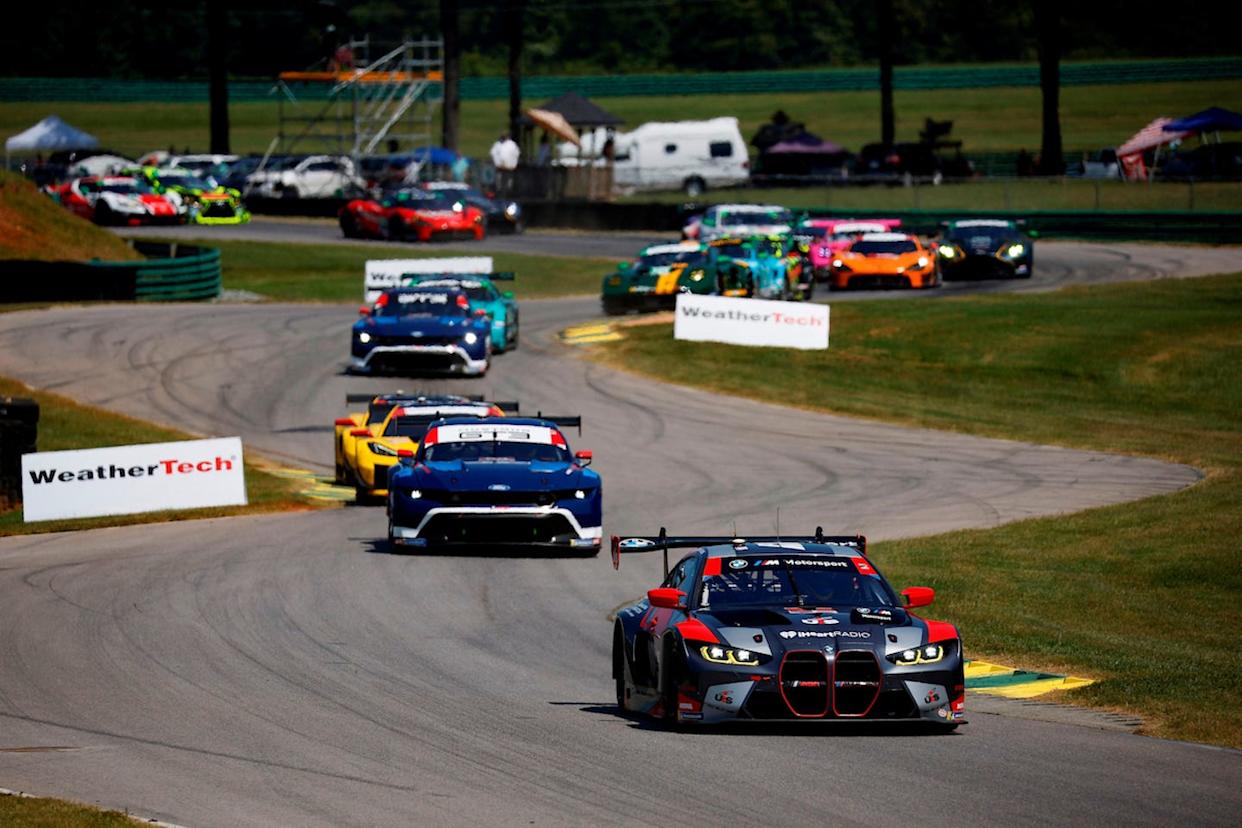
This week's stop on the IMSA WeatherTech SportsCar Championship circuit is Virginia International Raceway at Alton, Va.
One thing is for certain at this GT-only event, look for cars sailing across the grass occasionally at this narrow and winding high-speed circuit.
The potential for heavy crashes at VIR is always in the offing, so to speak.
Nestled in NASCAR country near the border with North Carolina, a sprint race at the Virginia International Raceway is the next stop for the GTD Pro and GTD classes.
The IMSA GT Challenge on Sunday will be the only stand-alone race for the GT3 cars on the WeatherTech Championship schedule.
Will it be a festival of bump-and-grind?
It may be an old-school track—IMSA hosted its very first GT race at VIR in April of 1971—but the 3.27-mile circuit will be hosting the production-based classes’ new school. As a result of banging bumpers and trading carbon fiber, which has become standard, look for cars sailing across the grass occasionally at this narrow and winding high-speed circuit.
Following caution-fests at Watkins Glen and Road America, the question is whether the race will resemble a NASCAR event where the safety car spends the most time in the lead?
CLICK HERE TO SEE IMSA GTD STANDINGS
Penalties for incident responsibility are not just a matter of fairness or who emerges with victories and points. The show itself is now under consideration if one third of the laps are run under yellow as was the case at Road America.
The drivers love competing at the track near Danville, Va., because of the high-speed precision required and no asphalt runoff areas like the more modern circuits.
“It’s a skinny track and challenging, it’s fun,” said Madison Snow, who co-drove the BMW M4 GT3 EVO of Paul Miller Racing with Neil Verhagen to the GTD Pro victory at Road America. “One of the things I love so much about VIR is that there is grass right off the track. Getting called for track limits is not really a concern when you have asphalt and you have grass.”
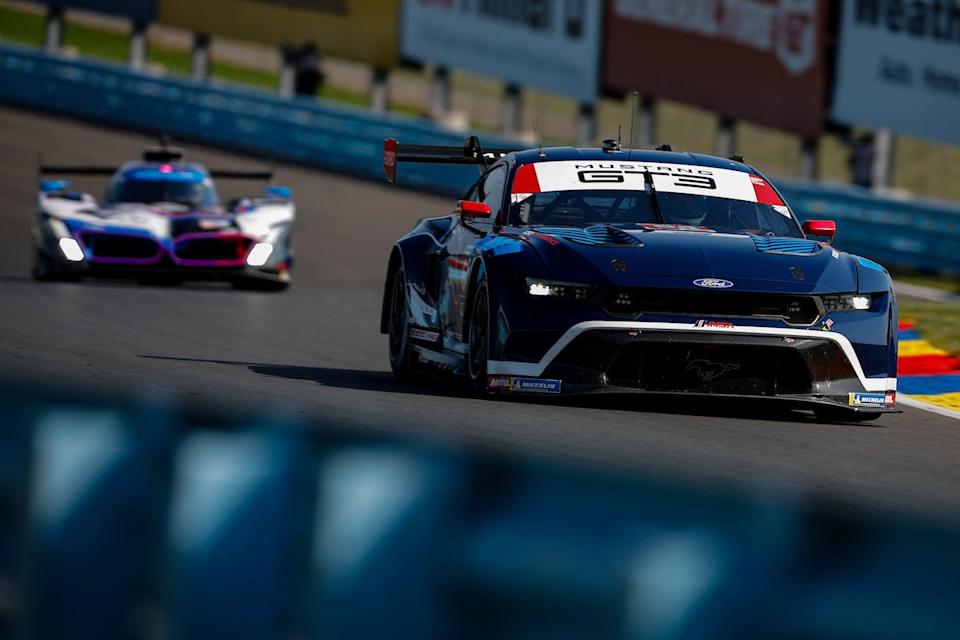
Officials Will Be Busy
A team of veterans in race control under Race Director Beaux Barfield will be looking for another kind of limit. Pushing cars off, for instance, has its limits. His crew in the control tower includes another IMSA official and a former driver as well as a technician who collects the video to be reviewed. “We don’t try to direct traffic,” said Barfield in a recent interview. “It’s more like a cop that makes sure everything is done fairly.”
The onus is on the overtaking driver to make a clean pass and the driver ahead to not push a competitor off while protecting his position. But that leaves a lot of room for interpretation.
In his second year of driving a Mustang GT3 for Ford Multimatic Motorsports, Mike Rockenfeller says he’s still learning how the rules work in the current WeatherTech Championship, where penalties can upend a race or a season.
“In different championships, you have different rules and different penalties and different race directors and so on,” said Rockenfeller, a highly decorated veteran of German Touring Cars and LMP1 prototypes. “You try to adapt a little. I was a bit surprised about the battles I was involved in at Watkins Glen. At the end, it’s in the hands of the organization. The race director has to make clear what he wants.”
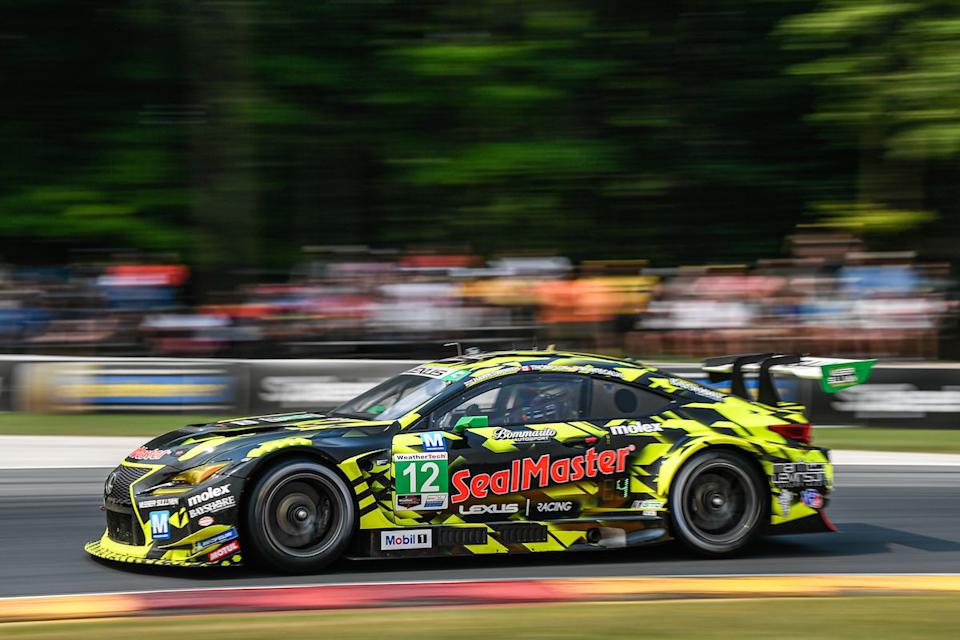
Drivers Want Consistent Officiating
Finding a clear message in a drivers’ meeting is like panning for gold in the Potomac. Everybody leaves with their own interpretation of what they’ve just heard. In the case of an incident, Barfield has to make a call after hearing from his in-house committee and reviewing the video himself.
Jack Hawksworth offered the eternal driver complaint after Road America, where a budding GTD championship run went on a detour due to his penalty after passing the Mercedes-AMG GT3 of the team leading the points chase, Windward Racing. A side mirror was ripped off the Merc as the pass unfolded and Hawksworth was given a drive-through penalty down the long pit road.
“I think the problem at Road America was there was no consistency to how the rules were applied compared to the rest of the season,” said Hawksworth, co-driver of the Vasser Sullivan Lexus RC F GT3 with Parker Thompson. “I was given a drive-through for absolutely nothing. And then we’ve seen other instances this year where people have been dumped at the rear and moved out of the way and it’s been allowed to go on and there’s been no penalties.”
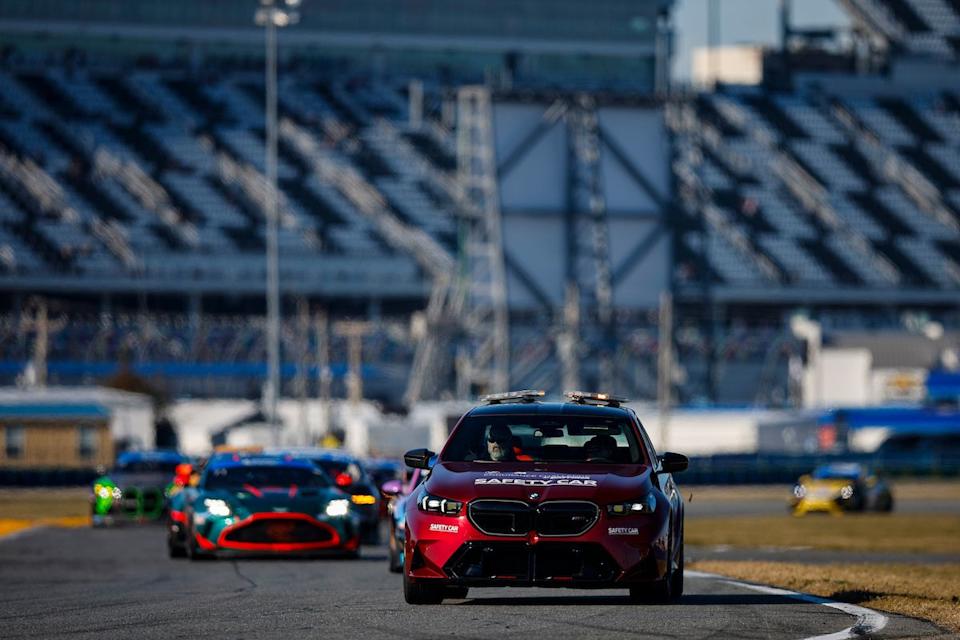
Safety First
The potential for heavy crashes at VIR is always in the offing, so to speak. The wide swaths of grass around the track lead to barriers that are sometimes hit at bad angles after long whirligig slides. Among the mostly high-speed corners on the 17-turn track, the walls at Left Hook not long after the Start/Finish and the final Hog Pen corner are relatively close to the track.
The abrupt stop of Tom Dillmann in the barriers at Mosport Park in July on board an LMP2 entry after exiting the track with a mechanical error left the Frenchman with a broken vertebra. But when it comes to the high-speed at VIR and the ease of exiting the track, the drivers choose to appreciate the demands of precision driving. The danger is a staple like the potatoes that come with the meat, but the drivers don’t worry about it.
“I kind of grew up on the Nordschleife (at the Nurburgring),” said Rockenfeller. “Every kind of place seems to be okay or safe after that. What I really like in the U.S. and I think we all appreciate that it’s more old school in general compared to European tracks.”
“It’s a safe track,” said Snow. “It’s just dangerous because you go off and it can ruin your race very quickly. It’s challenging and risky to make passes, so track position means a lot.”
Stay tuned for qualifying among 23 entrants that will determine starting positions. And look for some agricultural racing through the Virginia countryside during the two-hour, 40-minute sprint.

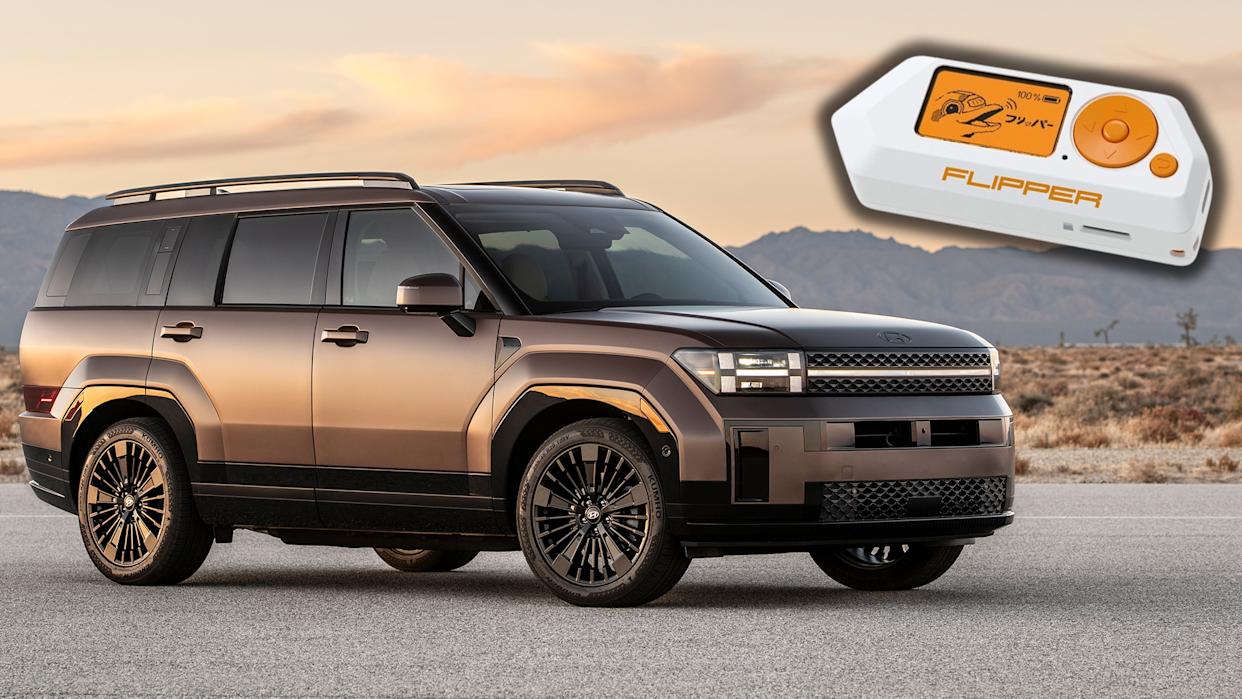
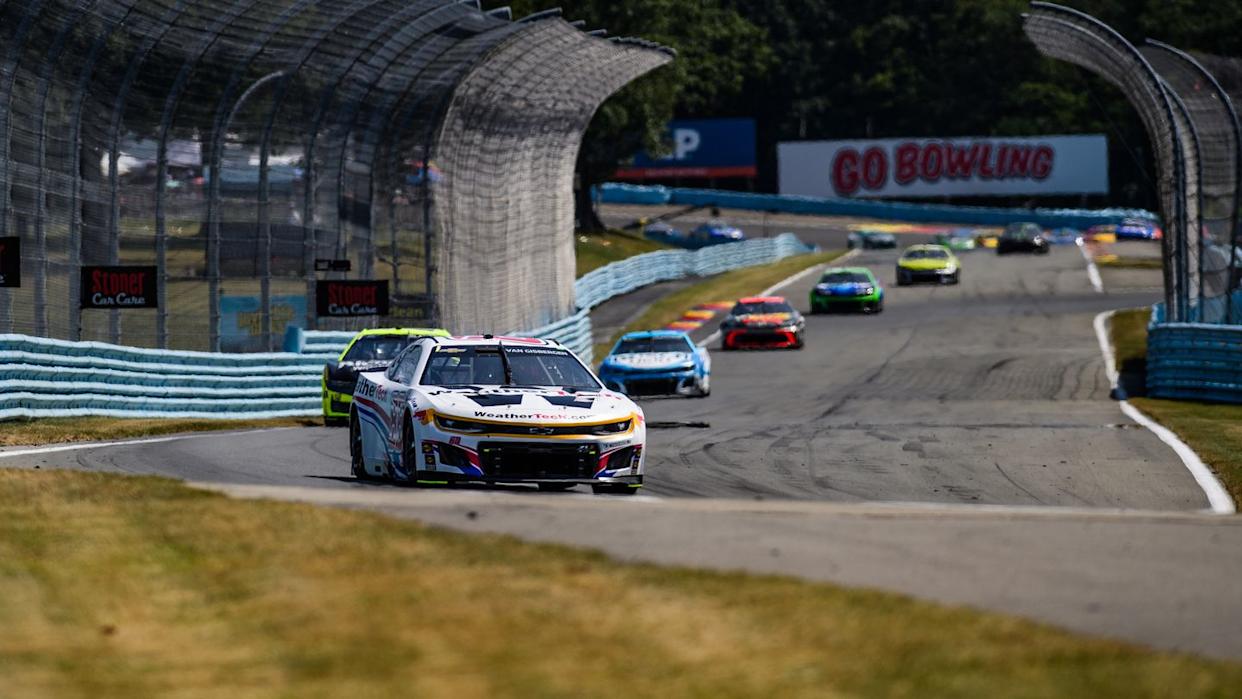
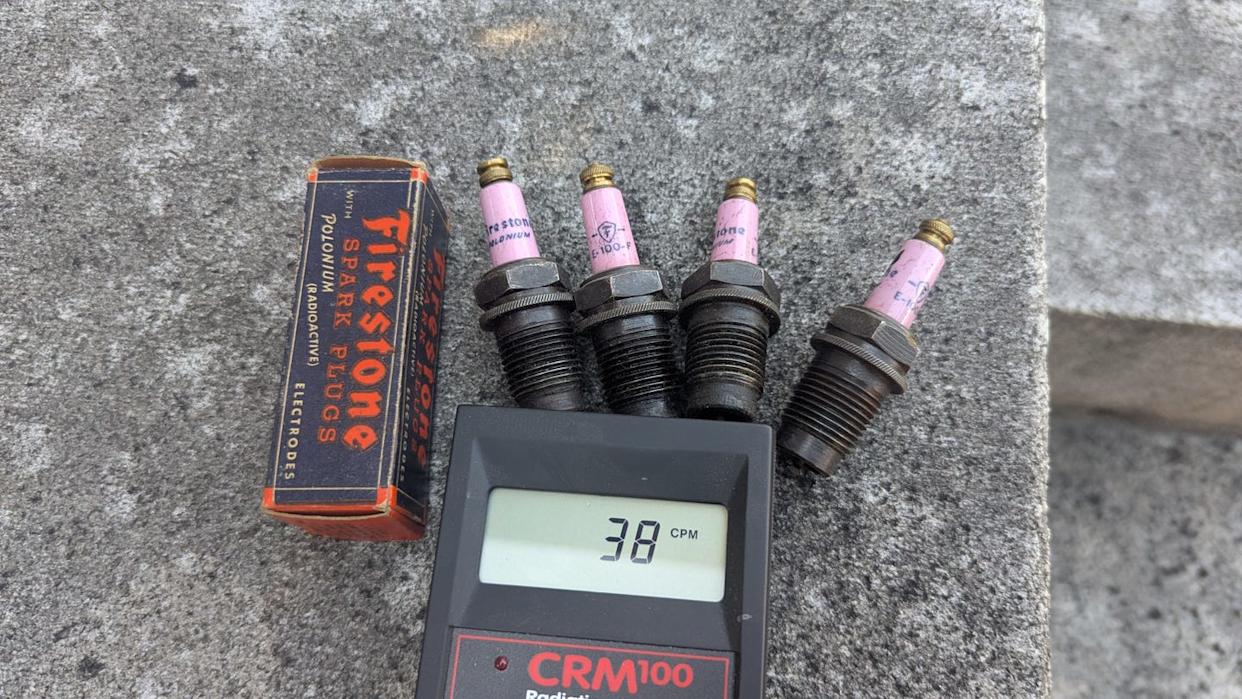
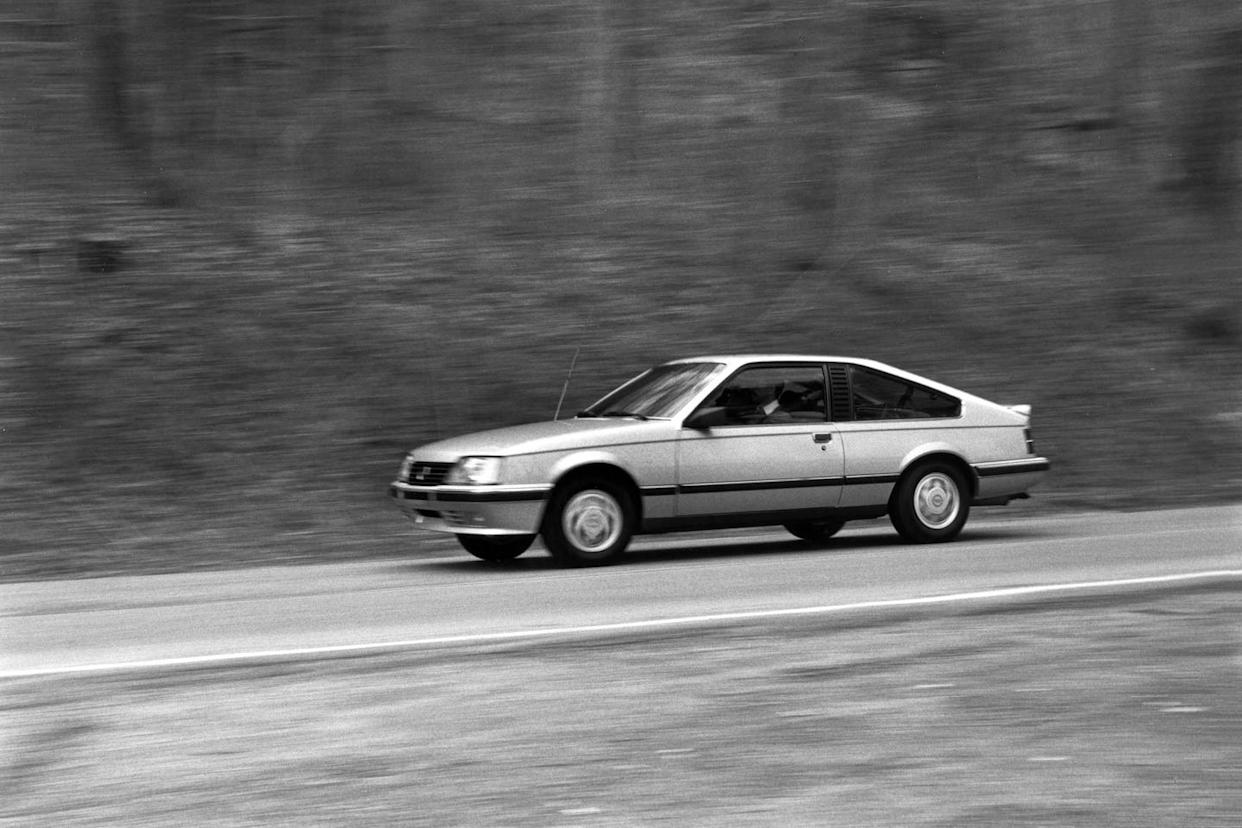
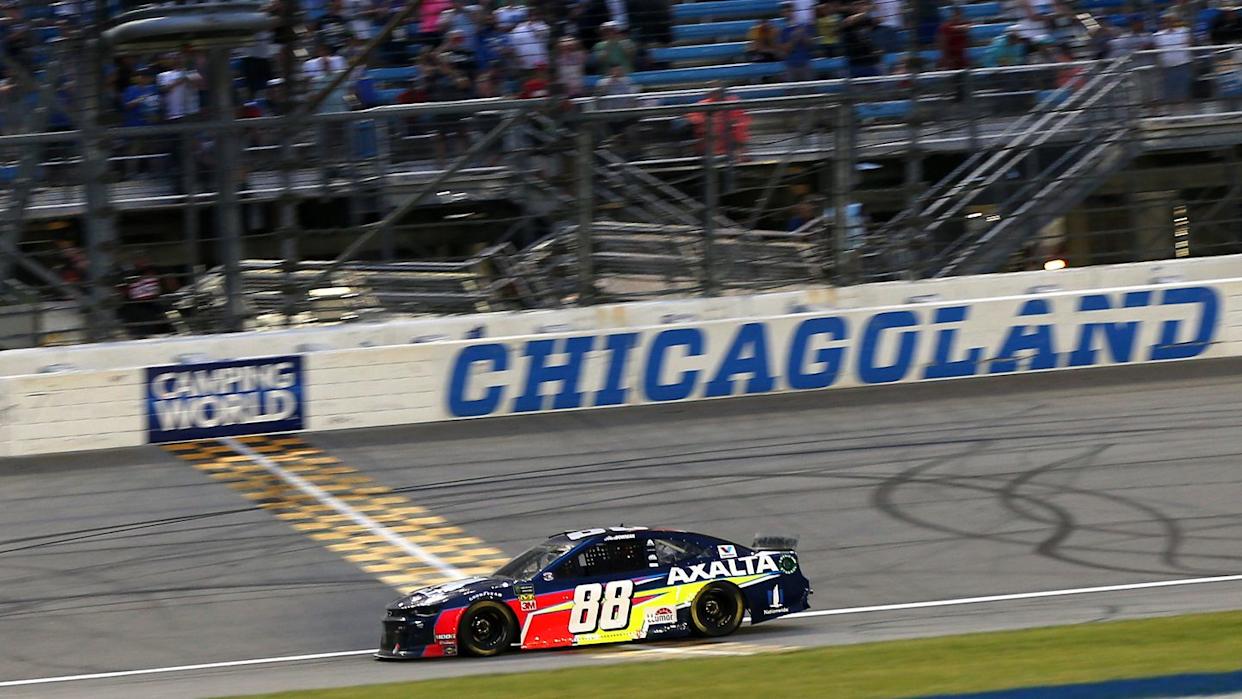
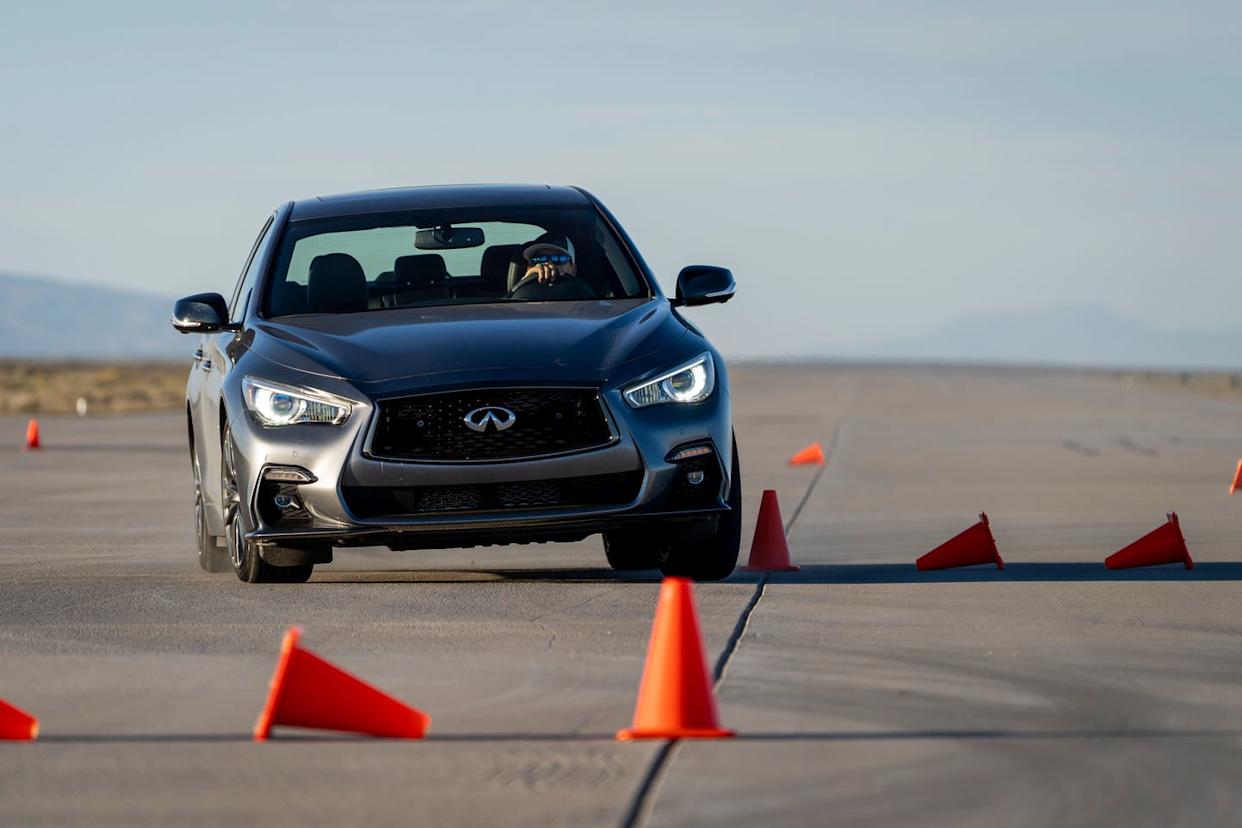

Comments